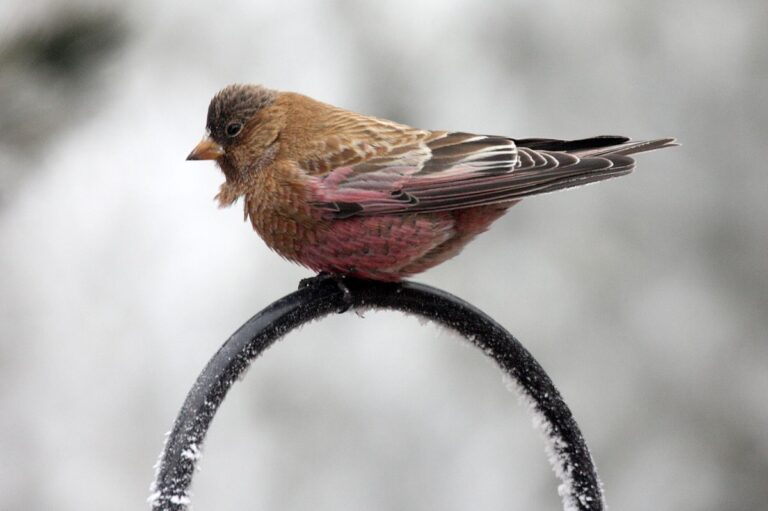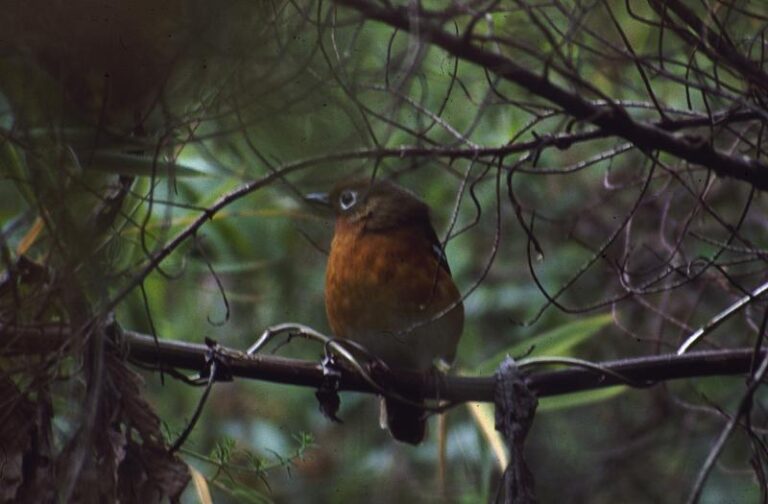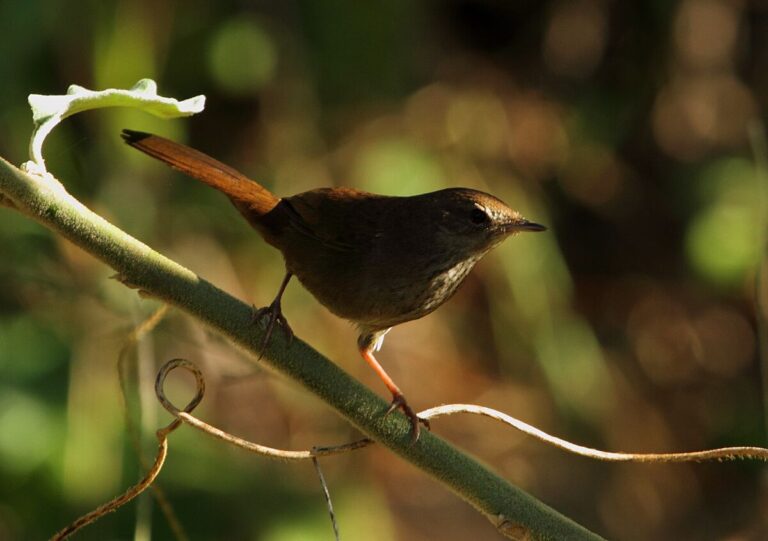African Jacana (Actophilornis Africanus)
The African Jacana: Where It Fits in the Animal Kingdom
When it comes to classifying the African Jacana, scientists have sorted it into several categories:
- Kingdom: Animalia (the animal kingdom)
- Phylum: Chordata (animals with backbones)
- Class: Aves (birds)
- Order: Charadriiformes (shorebirds and allies)
- Family: Jacanidae (jacanas)
- Genus: Actophilornis (specifically for jacanas)
- Scientific Name: Actophilornis Africanus
Get to Know the African Jacana:
- Prey: They have a varied diet, munching on insects and crustaceans.
- Name Of Young: They’re simply called chicks.
- Group Behavior: These birds are quite social, often seen hanging out together.
- Fun Fact: You might be surprised to learn that it’s the males who take care of the young ones!
- Estimated Population Size: There are approximately one million African Jacanas out there.
- Biggest Threat: Sadly, habitat loss poses the greatest danger to these birds.
- Most Distinctive Feature: Look out for their enormous feet and those elongated toes!
- Wingspan: When fully stretched out, their wingspan can reach up to 20 inches.
- Incubation Period: It takes about 26 days for their eggs to hatch.
- Age Of Independence: Once they hit around 70 days old, they’re ready to fend for themselves.
- Age Of Fledgling: At just 35 days old, these little ones start spreading their wings.
- Habitat: You’ll find them mainly around freshwater lakes.
- Diet: They’re carnivores, with insects being a favorite on their menu.
- Lifestyle: These birds are active during the day, making them diurnal creatures.
- Favorite Food: They’re particularly fond of insects.
- Type: As you might have guessed, they belong to the bird family.
- Common Name: They go by the name African Jacana.
- Number Of Species: There are two known species of African Jacanas.
- Location: You’ll spot them in various parts of sub-Saharan Africa.
- Average Clutch Size: Typically, they lay around four eggs.
- Nesting Location: Keep an eye out for their nests, usually found on floating vegetation.
Now, onto their physical traits:
- Color: Their feathers come in shades of brown, yellow, blue, black, and white.
- Skin Type: They’re covered in feathers to keep them warm and agile.
- Lifespan: On average, these birds live between 5 to 10 years.
- Weight: Depending on their size and age, they can weigh anywhere from 4 to 12 ounces.
- Length: From beak to tail, they measure around 9 to 12 inches.
5 Amazing African Jacana Facts
- Vocal Variety: The African jacana is quite the vocal performer, producing calls that range from shrieks to groans and even barks, adding a unique soundtrack to its environment.
- Doting Dads: It’s the male African jacana that takes on the role of caregiver, raising the young ones and often seen carrying them snugly under his wings, showcasing a heartwarming display of paternal care.
- Big Footed Beauties: Sporting some seriously oversized feet, African jacanas have a remarkable adaptation that allows them to effortlessly walk on floating vegetation, making them appear almost magical as they navigate their watery habitats.
- Aquatic Athletes: While they might not soar through the skies with much finesse, African jacanas are skilled swimmers and divers, showcasing their prowess in the water where they feel most at home.
- Underwater Hide-and-Seek: To evade predators, particularly when they’re still young and vulnerable, African jacana chicks learn to dive underwater, employing a clever survival tactic that adds an extra layer of protection in their dynamic ecosystem.

Where to Find the African Jacana
The African jacana is quite the traveler, spreading its wings over a vast territory that spans more than 40 countries across Sub-Saharan Africa. From the northern reaches of Mauritania and Sudan down to the southern tip of South Africa, these birds make themselves at home in diverse landscapes. You’ll spot them in places like Ghana, Ethiopia, Zambia, Tanzania, and Togo, among others.
These jacanas have a particular fondness for freshwater wetlands, dotting the continent’s map with their presence. However, don’t expect to find them deep in forests, jungles, deserts, or plains. They prefer the tranquility of shallow lakes adorned with abundant floating vegetation, where they can strut their stuff.
While they’re not known for long-distance migrations, African jacanas are no strangers to a nomadic lifestyle. They’re known to pack up and move to new digs when flooding or droughts hit, seeking out havens adorned with lily pads. These spots aren’t just for leisurely paddling; they’re prime real estate for male jacanas to craft their nests.
Spotting an African jacana is a treat for birdwatchers. Their distinctive feet, which seem more suited to a tightrope walker than a bird, make them stand out in a crowd. And if you see a bird strolling nonchalantly across the water’s surface, chances are you’ve stumbled upon one of these unique creatures.
Jacana Nest
African jacana nests are minimalist marvels, crafted from nature’s bounty of floating rafts fashioned from lily pads and other aquatic vegetation. You’ll often find these humble abodes nestled in the serene depths of lakes, partially submerged and tucked away under the cool shade of overhanging trees or amidst lush aquatic plants. It’s a cozy and secluded spot, providing the perfect sanctuary for the jacana’s precious eggs and young ones.
Scientific Name
African jacanas bear the scientific moniker Actophilornis Africanus. They belong to the order Charadriiformes, a diverse group of birds that typically reside near water bodies, counting among its members the likes of auks, gulls, and various waders.
Within the family Jacanidae, affectionately dubbed “Jesus birds” or “lily trotters,” you’ll find these tropical waders with their distinctive elongated toes, perfectly suited for navigating the aquatic vegetation they call home.
Specifically, the genus Actophilornis encompasses both the African jacana and its endangered cousin, the Madagascar jacana, highlighting the unique evolutionary journey shared by these fascinating birds.
Size, Appearance, and Behavior
Adult African jacanas are striking waterbirds, boasting medium-sized bodies adorned with long necks, lengthy legs, and stubby tails. But it’s their oversized feet that steal the show, featuring elongated toes perfectly adapted for strolling atop floating vegetation in their watery habitats. These remarkable creatures measure between nine and 12 inches in length, with females typically slightly larger. Weighing in at around four to 12 ounces, they spread their wings to reveal impressive 20-inch spans.
Decked out in a predominantly reddish-brown hue, with a splash of yellow on their breasts, African jacanas sport a striking color palette. Their heads and necks don contrasting shades, with black gracing the back and white adorning the front. Adding to their allure are their sleek blue bills and striking black eye stripes.
But these birds aren’t just eye candy; they’re quite the vocal performers, belting out loud shrieks, moans, and barks that echo across their wetland habitats. From flight calls to sharp alarm signals, their vocal repertoire is as varied as it is impressive.
In a refreshing break from avian stereotypes, it’s the male African jacanas who take charge of nest-building duties, egg incubation, and rearing the young. These devoted fathers spare no effort in protecting their offspring, often scooping them up and sheltering them beneath their wings.
Beyond their unique ability to walk on water, African jacanas also demonstrate prowess in swimming and diving. Fathers pass on these essential skills to their chicks from a tender age, teaching them how to navigate underwater to evade potential predators.
While they possess the ability to take to the skies, African jacanas are not renowned for their aerial prowess. Their flight is limited to short distances, and they’re grounded for a period after their feathers molt simultaneously, rendering them temporarily flightless until their plumage regrows.
Evolution
The African Jacana, a distinguished member of the Actophilornis genus, finds itself among the elite ranks of the Jacanidae family, which boasts a total of seven genera. Alongside its close relative, the Madagascar Jacana (Actophilornis albinucha), the African Jacana represents the genus Actophilornis.
Within the Jacanidae family, several other genera add to the diversity of these remarkable birds:
- Jacana: This genus encompasses the Northern Jacana (Jacana spinosa) and the Wattled Jacana (Jacana jacana).
- Hydrophasianus: Featuring the Pheasant-tailed Jacana (Hydrophasianus chirurgus), this genus stands out as the sole representative with six neck vertebrae, setting it apart from its counterparts with five.
- Irediparra: Home to the Comb-crested Jacana (Irediparra gallinacea), this genus contributes to the family’s richness.
- Metopidius: Housing the Bronze-winged Jacana (Metopidius indicus), this genus adds another layer of diversity to the Jacanidae family.
- Microparra: Hosting the Lesser Jacana (Microparra capensis), this genus completes the lineup, showcasing the breadth of avian variety within the family.
Interestingly, scientists have unearthed fossils of these avian marvels, shedding light on their intriguing mating patterns and gender-reversed roles in rearing their young. These fossil discoveries span across continents, with specimens found in both Africa and the Americas. The oldest fossils date back to the Oligocene period, stretching between 23 to 34 million years ago. More recent finds, such as those from the Pliocene epoch (2.59 to 5.33 million years ago), including specimens unearthed in Florida, offer further insights into the evolutionary journey of these captivating birds.

Diet
African jacanas have quite the varied palate, being carnivores with a penchant for a diverse diet.
What’s on the Menu for African Jacanas?
These unique birds primarily feast on freshwater delicacies such as insects, larvae, spiders, crustaceans, and mollusks. They employ a distinctive foraging technique, gracefully navigating across lily pads and other floating vegetation in search of their next meal. While they possess the ability to swim and take flight, African jacanas often prefer the elegant approach of walking on water, occasionally extending a quick grab to catch flying insects mid-air. Observers may even catch them engaging in a curious behavior of picking bugs off the backs of buffalo and hippopotamuses.
Predators, Threats, and Conservation Status
Despite their adaptability and widespread presence, African jacanas are not entirely free from threats. While the International Union for Conservation of Nature (IUCN) classifies them as “least concern” owing to their extensive habitat range and stable population, these birds face various challenges. Habitat degradation, flooding, wetland drainage, and competition for resources from other wildlife pose significant risks to their well-being. The intrusion of invasive species like nutria, large semi-aquatic rodents that ravage water lilies essential to the jacana’s habitat, further exacerbates their plight. However, their resourcefulness allows them to adapt, utilizing alternative floating vegetation for nesting purposes.
Who’s on the Prowl for African Jacanas?
Unfortunately, the vulnerability of African jacanas extends to their offspring and eggs, which serve as tempting morsels for a range of predators. Birds of prey, otters, crocodiles, large fish, and turtles are among the top contenders for a jacana meal. Even terrestrial threats like the Nile monitor, hippopotamuses, and snakes join the fray, targeting eggs and vulnerable chicks in their aquatic habitats. Despite these challenges, African jacanas continue to thrive, employing their wits and adaptability to navigate the perilous waters of their environment.
Reproduction, Young, and Molting
African jacanas exhibit a fascinating breeding behavior that sets them apart from other avian species. While they have the potential to breed year-round, in regions with distinct dry seasons, they typically engage in seasonal breeding. Here’s a glimpse into their unconventional mating rituals:
Polyandrous Mating:
During the mating season, African jacanas embrace a polyandrous mating system, where one female mates with multiple males. After laying her eggs, the female promptly departs from the nest, moving on to seek out her next mate. This leaves the males solely responsible for the care and upbringing of the offspring.
Nest Building and Incubation:
Male jacanas take on the task of constructing semi-submerged floating nests, where the females deposit their clutch of approximately four eggs. Once the eggs are laid, the male diligently incubates them for a period of around 26 days. To ensure optimal conditions for the developing embryos, he may reposition the nest to a shaded area, preventing overheating while allowing for natural incubation through ambient heat.
Fatherly Duties:
Upon hatching, the chicks possess the ability to feed themselves, though they still rely on their father for guidance and protection. The male’s interactions with his young are quite unique, often seen scooping them up under his wings. In this endearing sight, several pairs of long legs dangle, giving the male the appearance of a curious creature with an abundance of appendages.
Fledging and Independence:
Around 35 days after hatching, the young jacanas fledge the nest, taking their first steps towards independence. However, they remain close to their parent for an additional 35 days, benefiting from their guidance and protection as they navigate the world around them. This intricate dance of parental care and offspring development highlights the remarkable adaptability and resilience of the African jacana.
Population
The population dynamics of African jacanas remain largely understudied, with researchers having limited data on their numbers and distribution. Current estimates suggest that there are approximately one million mature individuals within their population. Fortunately, there is no evidence to suggest any significant declines in their numbers, and their population appears to be stable overall. Additionally, there are no indications of extreme fluctuations or fragmentation in their population.
African jacanas are primarily concentrated in the central and southern regions of Africa, where their preferred freshwater habitats provide ample opportunities for foraging and breeding. Despite the lack of comprehensive studies, the apparent stability of their population offers some reassurance regarding the conservation status of these unique birds. However, continued monitoring and research efforts are essential to better understand and protect the African jacana population in the face of potential threats and environmental changes.
Conclusion
The African jacana represents a fascinating avian species with unique characteristics and behaviors. While their population remains largely unstudied, current estimates suggest a stable population of around one million mature individuals. With no evidence of significant declines, fluctuations, or fragmentation in their numbers, the African jacana appears to thrive in its central and southern African habitats. However, further research and conservation efforts are warranted to ensure the long-term viability of this remarkable bird species in the face of potential environmental challenges.
Frequently Asked Questions About African Jacana
How do you find the African jacana?
What time of year is best for finding the African jacana?
What threatens the African jacana bird?
What is an African jacana baby called?
How long does the African jacana live?
Does the African jacana migrate?
How many eggs does the African jacana lay?
How fast does the African jacana fly?
What is the African jacana’s wingspan?
When do African jacanas leave the nest?
Reference:




